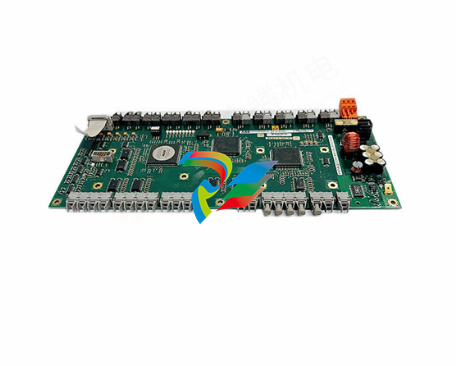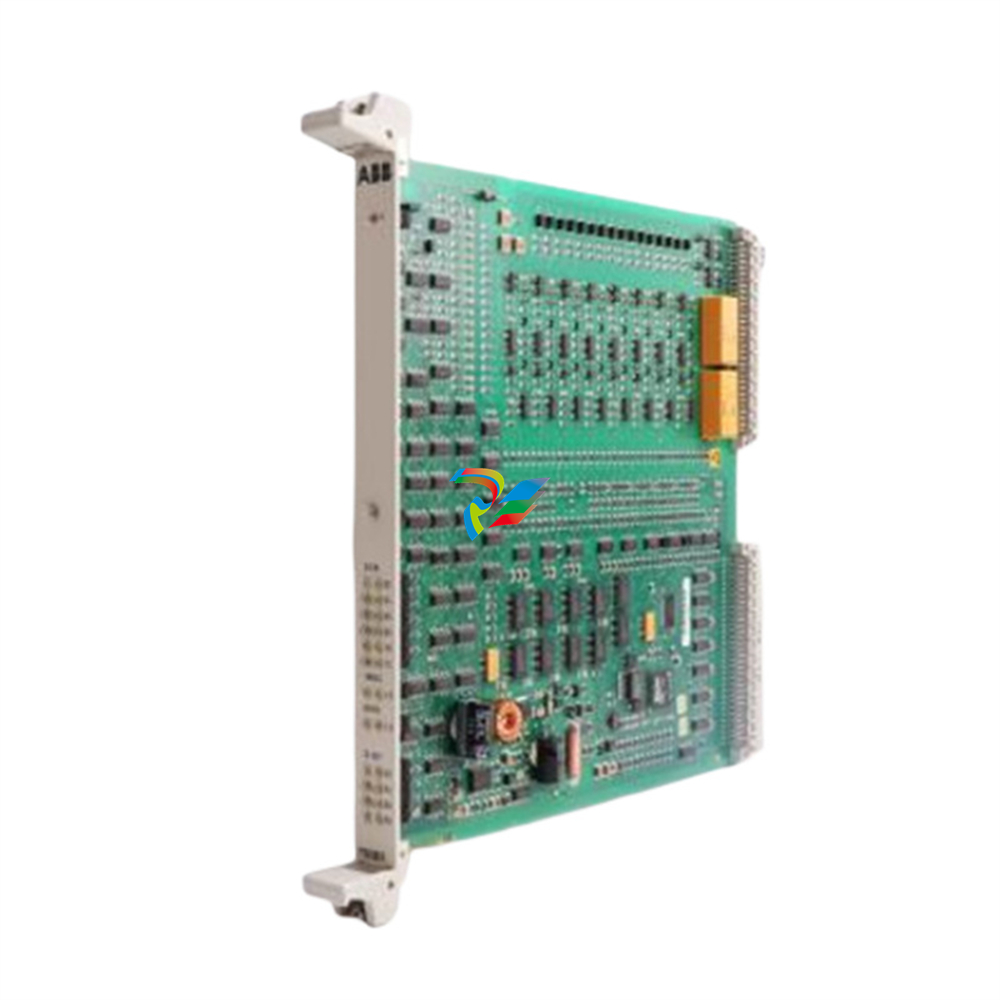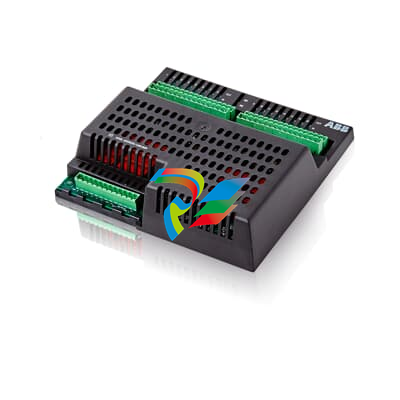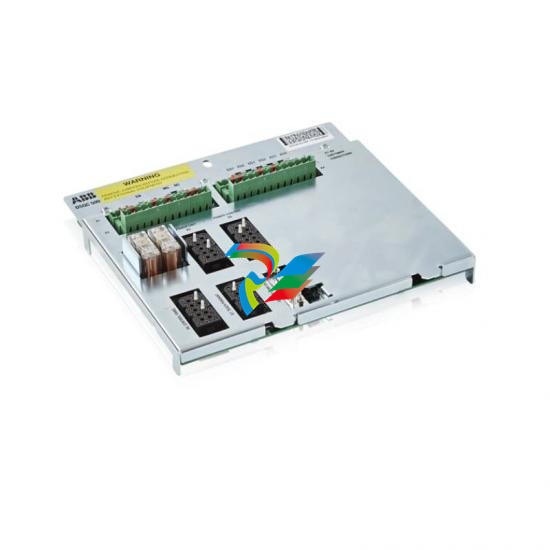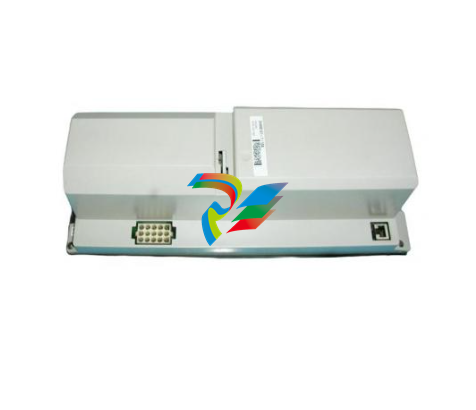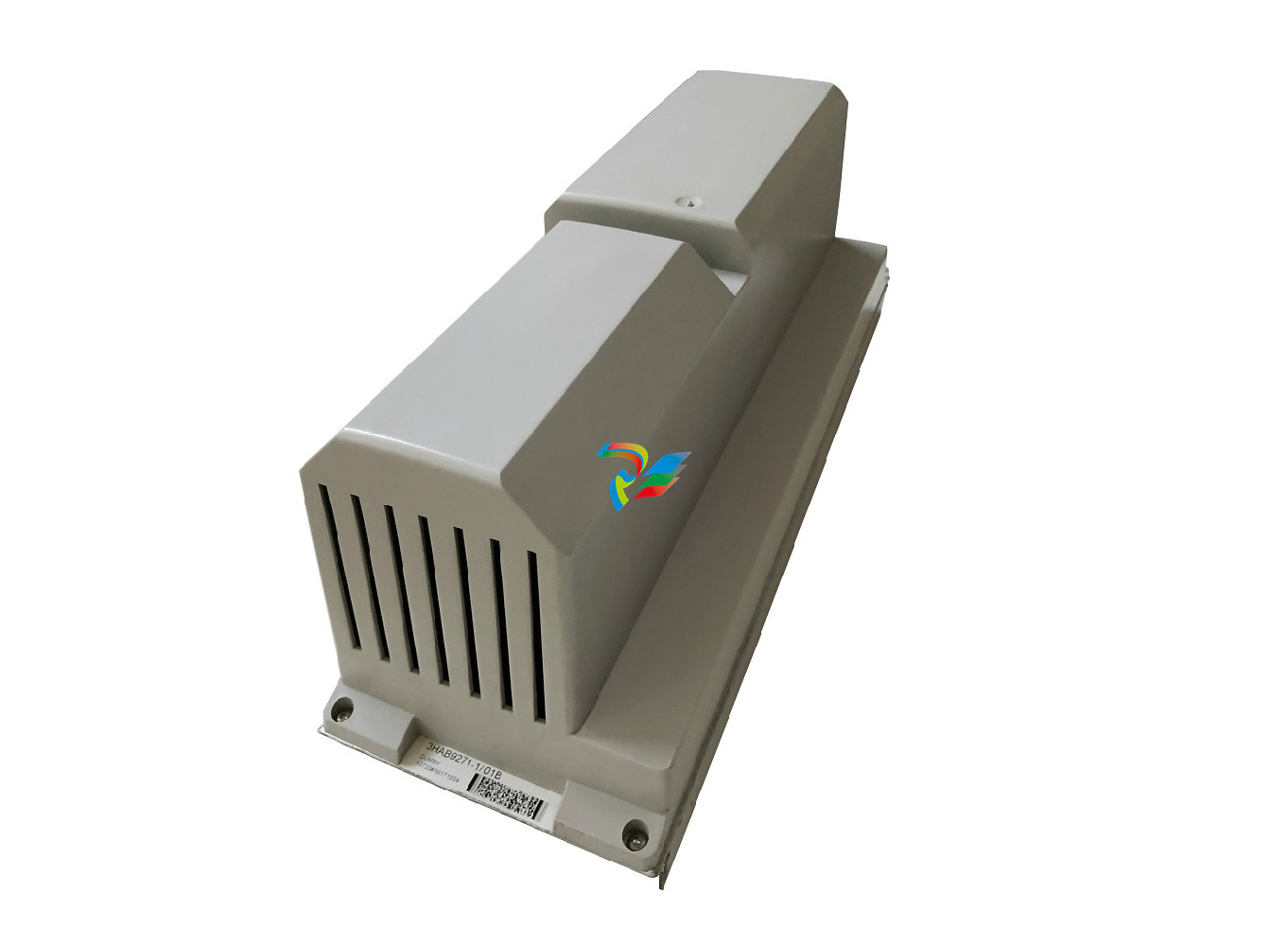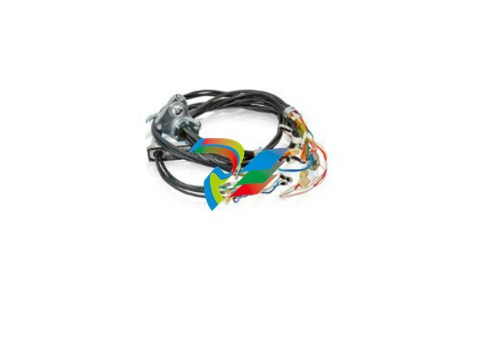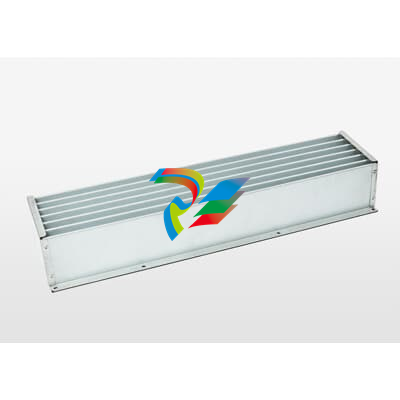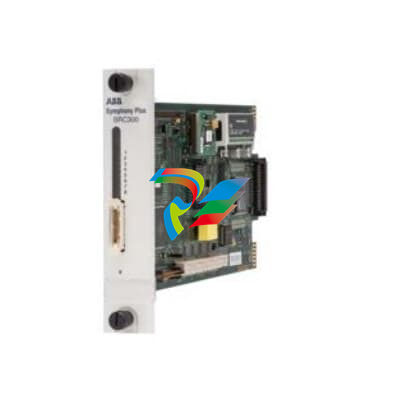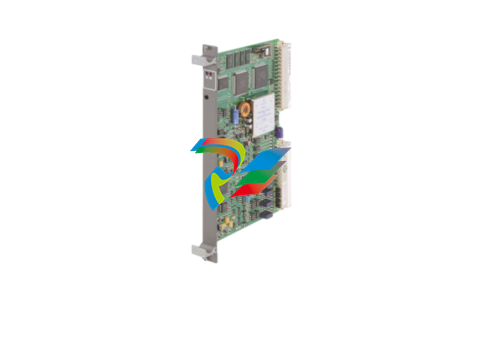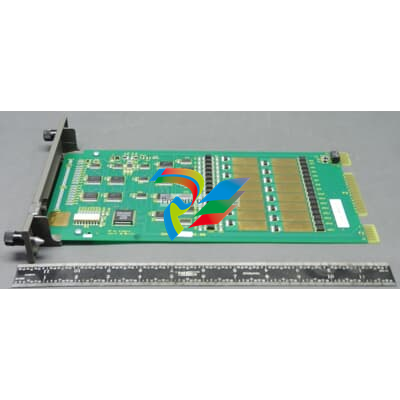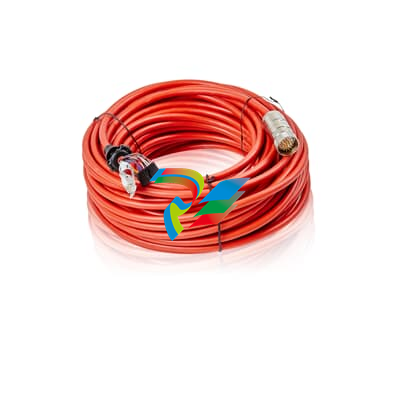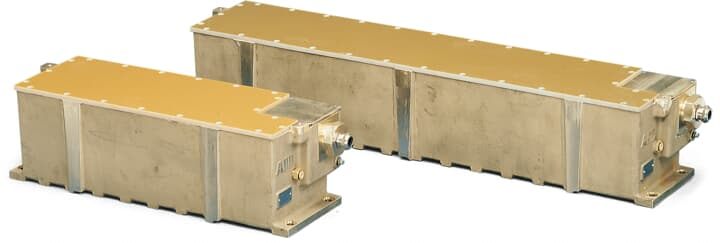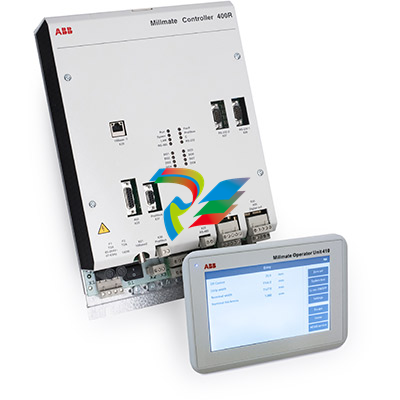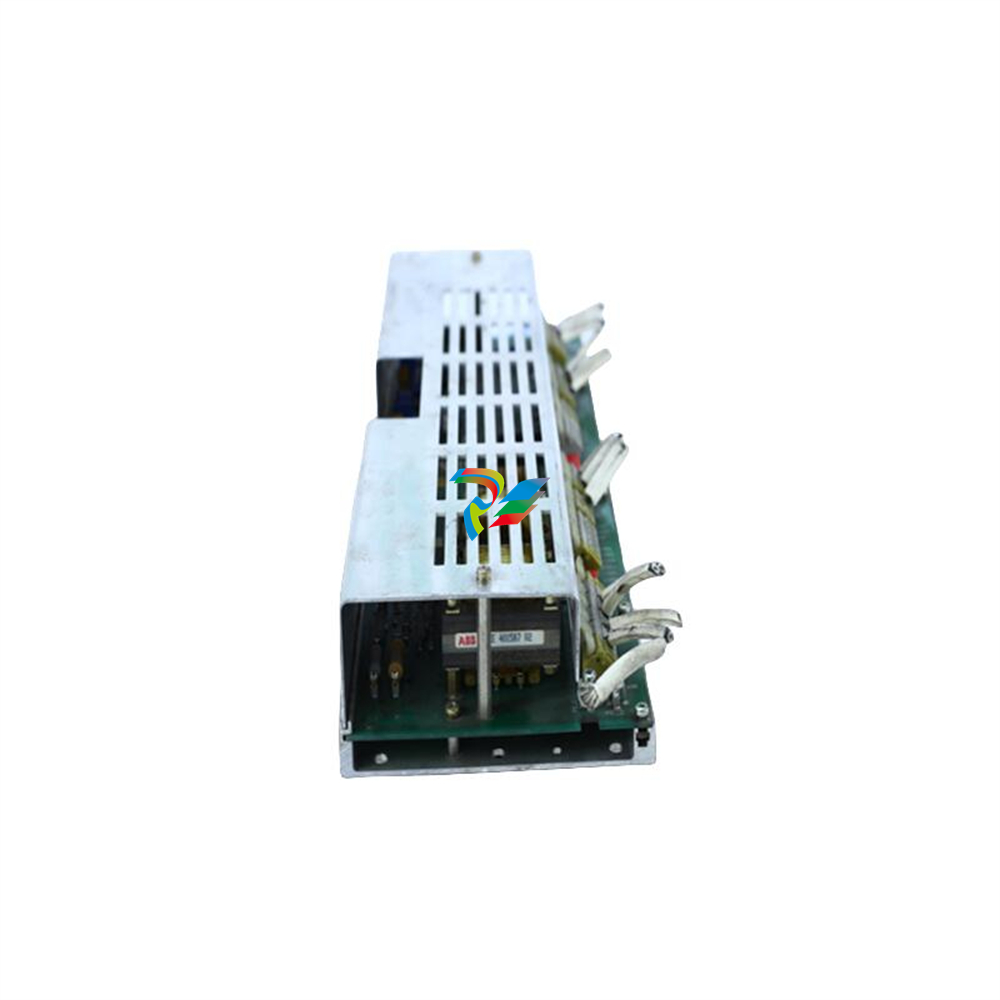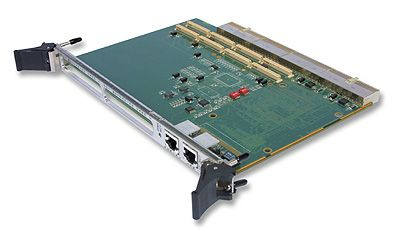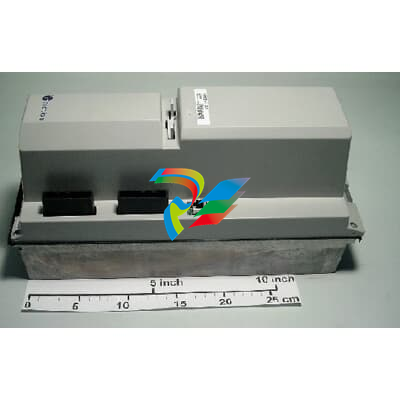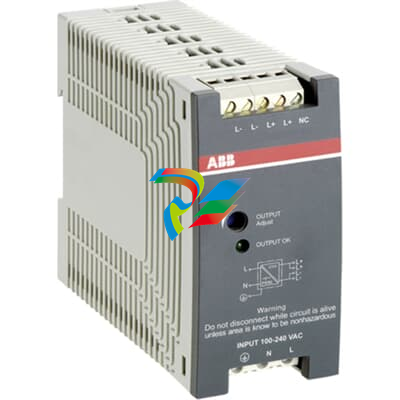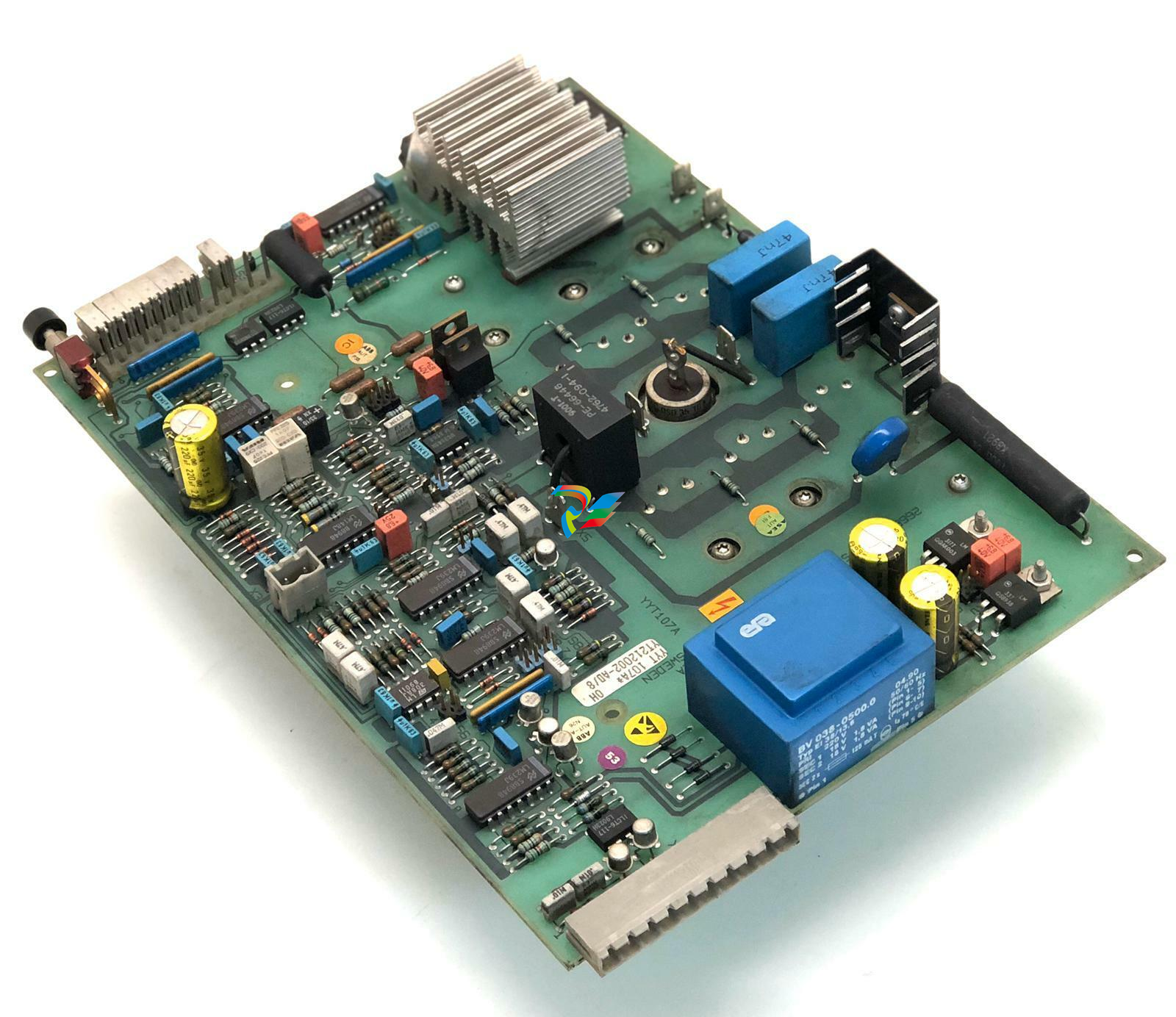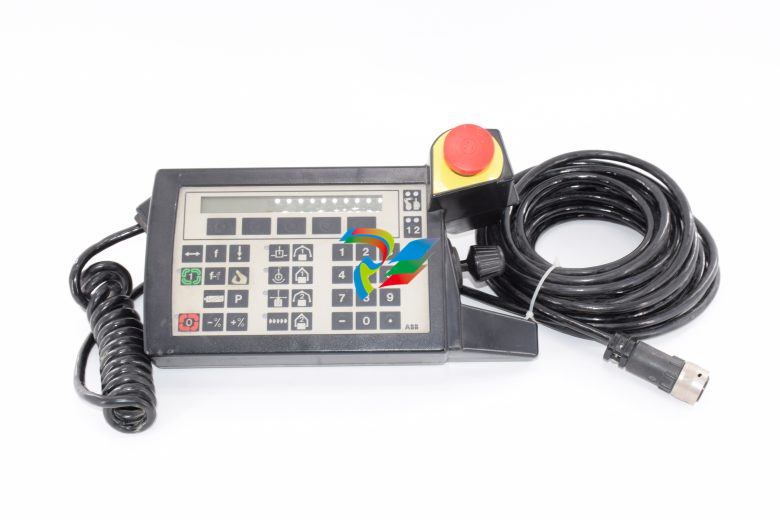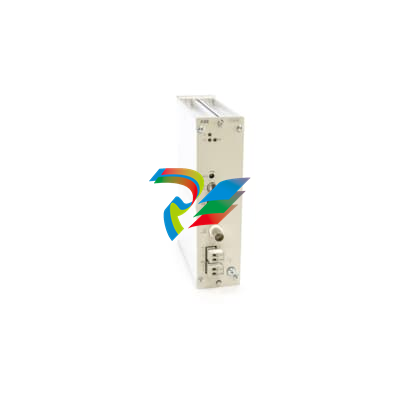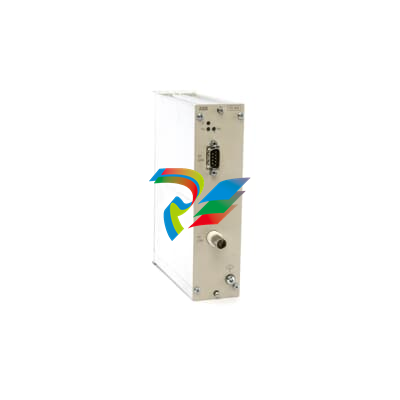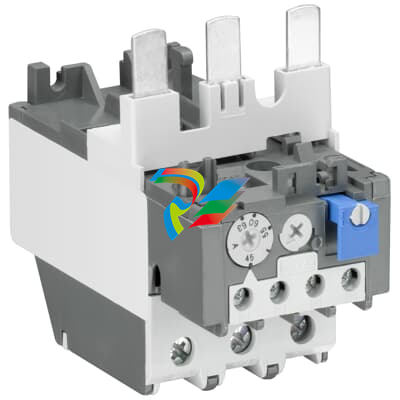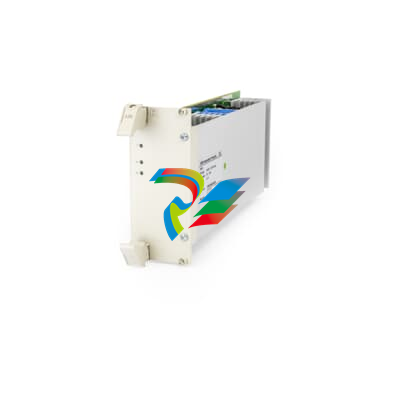
Summary of ABB DCS 600 Thyristor Power Converter
# Summary of ABB DCS 600 Thyristor Power Converter ## I. Product Positioning and Core Features The DCS 600 is a thyristor power converter launched by ABB, serving as a core component of DC drive systems. It covers a current range of **25 A to 5150 A** and is suitable for new installations and retrofit projects in industrial drive applications. Its core advantages include high-precision current and speed control, flexible expandability, and robust cross-system communication capabilities, enabling stable and reliable DC motor drive in complex industrial environments. ## II. Safety and Basic Instructions 1. **Safety Essentials** - High Voltage Warning: The equipment involves high voltages. Installation and maintenance must be performed by properly qualified electricians. Before operation, ensure the equipment is completely de-energized and verify with a measuring instrument. - Electrostatic Protection: Avoid electrostatic discharge that may damage the equipment; take anti-static measures before touching electronic components. - Emergency Stop: The "STOP" key on the control panel does not function as an emergency stop. Separate emergency stop buttons must be configured and comply with safety standards (e.g., DIN 57100). 2. **Manuals and Target Users** - The manual is intended for planning, installation, start-up, and maintenance personnel, who should possess basic electrical knowledge and experience with DC drives. - Related documents include system descriptions, technical data, software descriptions, service manuals, etc. Basic documents (system description, technical data, operating instructions) are delivered with the equipment; others need to be ordered separately. 3. **Receipt and Storage** - Upon receipt, inspect the equipment for completeness (including converter, documents, accessories, test report) and verify nameplate information (model, serial number, parameters). Storage must meet environmental requirements (temperature, humidity), and transportation should avoid severe vibrations. ## III. Start-Up and Configuration Process ### Pre-Start Preparation - Check for transportation damage, complete wiring (power supply, motor, control signals), and confirm protective measures (earthing, shielding) are in place. Verify that power supply voltages (for electronic devices, fans) match the nameplate; configure a matching transformer if necessary. ### Core Start-Up Steps 1. **Signal and Parameter Presetting** - Scale intra-unit signals: Set basic parameters such as rated line voltage (42.06) and rated current (42.07), and save hardware configurations (15.02=22). - Field supply unit configuration: Preset parameters based on field supply type (SDCS-FEX-1/2, DCF 503/601, etc.), and optimize field current control via auto-tuning (15.02=5). 2. **Controller Tuning** - Current controller: Enable auto-tuning (15.02=3) with the motor stationary and no external reference signal. Verify current feedback and limit parameters after tuning. - Speed feedback balancing: Supports three modes (EMF feedback, analog tachometer, encoder). Select the mode via parameters (50.03) and adjust speed reference and feedback matching. 3. **Communication Start-Up** - Supports communication with systems such as APC, AC 70, PROFIBUS, and Modbus PLUS. Hardware (fiber optic/cable) and software parameters must be configured (e.g., set communication type via 98.02, and drive number via 70.01). ## IV. Operation of Control Panel CDP 312 The CDP 312 is the core operating interface, supporting four modes with the following functions: 1. **Modes and Core Functions** - **Actual Signal Display Mode (ACT)** : Real-time display of key parameters such as motor speed and current, with automatic triggering of fault/alarm displays. - **Parameter Mode (PAR)** : View/modify parameters (e.g., current limits, ramp times), supporting parameter group query and value adjustment. - **Function Mode (FUNC)** : Perform operations such as parameter upload (UPLOAD), download (DOWNLOAD), and display contrast adjustment. - **Drive Mode (DRIVE)** : View drive ID, status (running/stopped/alarmed), and support ID modification. 2. **Key Operations** - Fault reset: Clear resettable faults via the "RESET" key (after troubleshooting). Emergency stop does not require manual reset; it resets automatically after signal recovery. - Parameter backup: Save parameters to non-volatile memory via 15.02=22, supporting parameter upload/download between the panel and drive (requires the drive to be stationary). ## V. Signals and Troubleshooting 1. **Signal Classification** - Status signals: Indicate equipment operating status (e.g., main contactor on/off, reference enable). - Alarm signals (A): Warn of potential issues (e.g., excessive motor temperature, low auxiliary voltage) without triggering shutdown. - Fault signals (F): Indicate severe abnormalities (e.g., overcurrent, overtemperature, communication interruption), triggering shutdown protection; reset required after troubleshooting. 2. **Common Fault Handling** - **Overcurrent (F 2)** : Check motor load, cable short circuits, current limit parameters (20.12/20.13), or thyristor faults. - **Power section overtemperature (F 4)** : Inspect fan power supply, airflow direction, ambient temperature, and clean heat dissipation channels. - **Communication faults (e.g., CH0 COMMUN)** : Verify fiber optic/cable connections and check communication parameters (e.g., PROFIBUS baud rate 51.04). - **Speed feedback fault (F 14)** : Check encoder wiring, power supply, or tachometer polarity, and adjust feedback monitoring parameters. ## VI. Communication and Expansion Capabilities The DCS 600 supports multiple serial communication protocols and buses, adapting to industrial control system integration: - **Mainstream Communication Methods** : Includes fiber optic connections with APC and AC 70/80 controllers, and communication with fieldbuses such as PROFIBUS-DP and Modbus PLUS. - **Configuration Essentials** : Hardware (e.g., fiber optic cables, interface modules) and software parameters must be set according to the communication object (e.g., define communication type via 98.02, configure bus parameters via 51.xx). ## VII. Technical Parameters and Environmental Requirements - **Operation Limits** : Voltage range: nominal value -30%~+10%; frequency: 50 Hz±10 Hz or 60 Hz±10 Hz. Temperature: -25℃ (short-term -40℃) without heating; +70℃ (short-term +85℃) without cooling. Protection class: IP20; insulation complies with EN 60664 (pollution degree 4). - **Core Performance** : Current controller response cycle: 3 ms; speed closed-loop regulation cycle: 10 ms. Supports fine adjustment of motor speed and smooth acceleration/deceleration to reduce mechanical wear. ## VIII. Notes - Automatic reset functions are only applicable to non-hazardous scenarios; associated equipment compatibility must be confirmed. - All cables must be disconnected before insulation testing to avoid damaging electronic components. - Modified software parameters must be saved to non-volatile memory; some configurations require device restart to take effect. Document version: 3ADW 000 080 R0501 Rev E, ©2000 ABB Automation Products GmbH. Technical parameters are subject to change. For support, contact ABB regional centers.


































































































